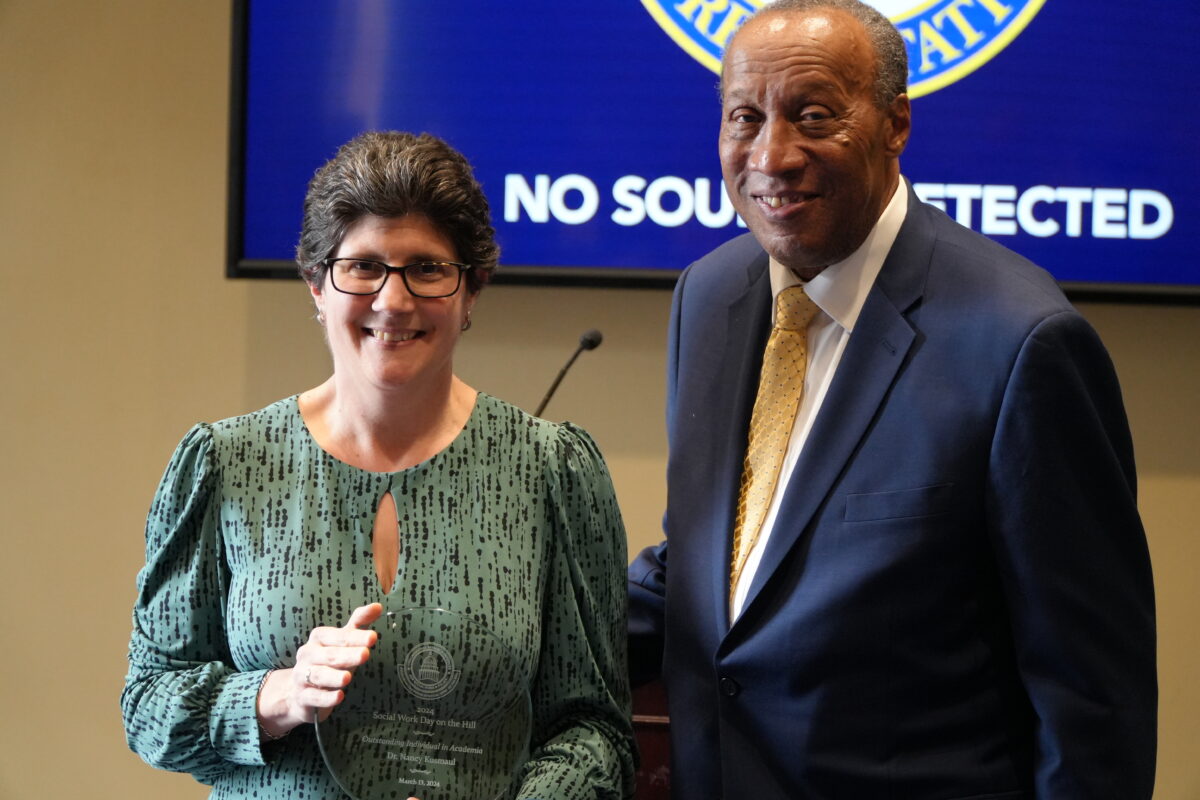UMBC Physics Professor Co-Authors Science Paper on Human Impact on Clouds, Climate
Researchers at UMBC, NASA-Goddard Space Flight Center and the Weizmann Institute in Rehovot, Israel have found evidence that the connection between human impact and climate change may be in the clouds.
Aerosols – the tiny particles that make up dust, soot, smoke and ocean spray – play an important but puzzling role in cloud formation and rainfall. Aerosol-rich clouds are more spread out by wind, last longer and trap more solar heat in the atmosphere, all of which makes cloud growth and rain less likely. But aerosols’ impact is inconsistent, causing more cloud cover over the Atlantic Ocean while reducing clouds in the Amazon basin.
In a study published in the Aug. 15 issue of the journal Science, the international research team, including UMBC associate professor of physics Vanderlei Martins, may have found an answer. The team used NASA’s Terra satellite to focus on the 2005 dry season in the Amazon region, a good test case since the only aerosols being released at the time were caused by brushfires on the ground.
The end result of the research was a mathematical and analytical model that should help better understand how aerosols impact weather and climate across the globe.
“As we’d expected in applying our model, increased smoke from the fires created clouds rich with human-caused aerosols that absorbed sunlight, warmed the local atmosphere, and blocked evaporation. This led to reduced cloud cover over the Amazon,” said Martins in a NASA press release. “It’s encouraging to know the science behind our model should stand no matter the region.”
8/19/2008
© 2007-08 University of Maryland, Baltimore County 1000 Hilltop Circle, Baltimore, MD 21250 410-455-1000



